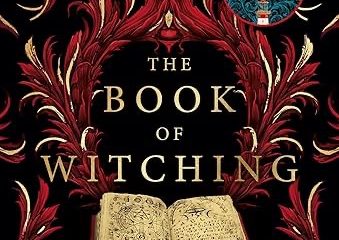“There was no possibility of taking a walk that day.”
From its haunting first line to its famous closer, “Reader, I married him”, Charlotte Brontë takes her audience by the throat with a fierce narrative of great immediacy. Jane Eyre’s voice on the page is almost hypnotic. The reader can hardly resist turning the next page, and the next…
In an extraordinary breakthrough for the English novel, borrowing the intimacy of the 18th-century epistolary tradition, Charlotte Brontë had found a way to mesmerise the reader through an intensely private communion with her audience. We, the author, and Jane Eyre become one. For this, she can be claimed as the forerunner of the novel of interior consciousness. Add to this a prose style of unvarnished simplicity and you have the Victorian novel that cast a spell over its generation. Even today, many readers will never forget the moment they first entered the strange, bleak world of this remarkable book.
There are three principal elements to Brontë’s magic. First, the novel is cast, from the title page, as “an autobiography”. This is a convention derived from Defoe’s Robinson Crusoe. But the adventure offered by the author is an interior one. Jane Eyre portrays the urgent quest of its narrator for an identity. Jane, who cannot remember her parents, and as an orphan has no secure place in the world, is in search of her “self” as a young, downtrodden woman.
Related to this, Jane Eyre has a raw, occasionally erotic, immediacy. Not only does Jane reject Brocklehurst, St John Rivers and John Reed, she also craves submission to her “master”, the Byronic Mr Rochester. The violence of men against women is implicit in many of Jane’s transactions with both Rivers and Rochester. The thrill of this, to the Victorian reader, cannot be overestimated.
Finally, Jane Eyre, addressed insistently to “the reader”, is so steeped in English literature that it becomes an echo chamber of earlier books. Within a very few pages of the opening, there are references to Paradise Lost, Walter Scott’s Marmion and Jonathan Swift’s Gulliver’s Travels.
Jane Eyre also displays the familiar tropes of the gothic novel. Thornfield is a gothic manor; Mr Rochester a gothic-romantic protagonist. The mad woman in the attic speaks for herself, as it were. In addition, Brontë herself knows the storytelling power of what she calls “the suspended revelation”, a phrase coined in chapter 20, and never hesitates to tantalise and seduce the reader.
Review (abridged) by Robert McCrum, in The Guardian’s Hundred Best Novels, of which Jane Eyre is listed as #12.




0 Comments